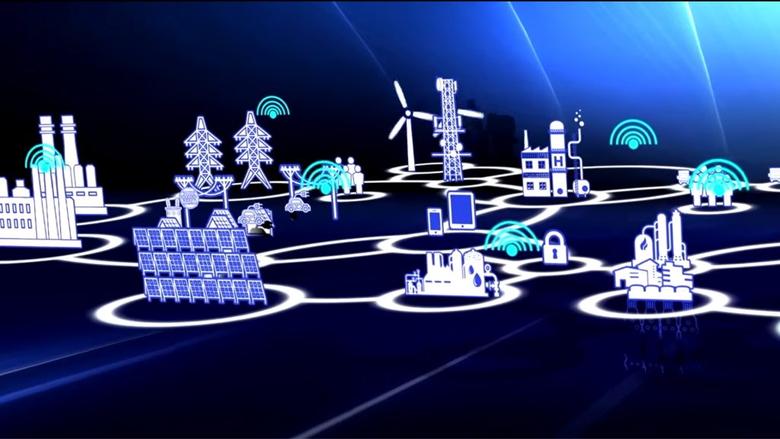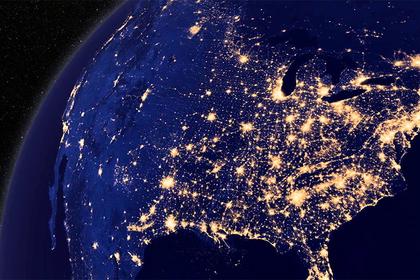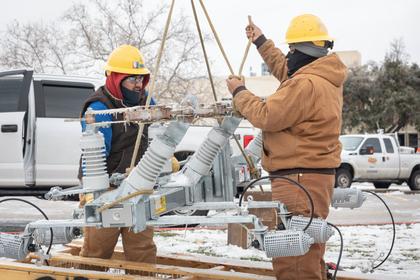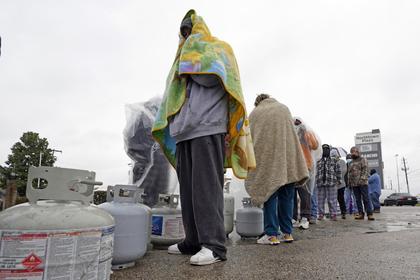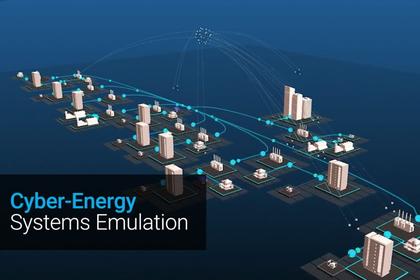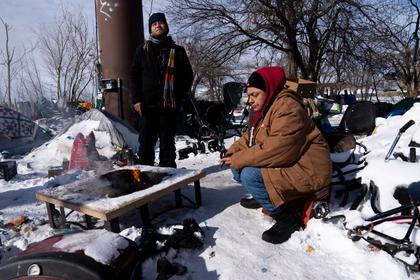ENERGYCENTRAL - Extreme weather events such as the recent winter storms in the central and southern U.S., along with hurricanes, intense heat waves, wildfires and floods seem to be increasing in frequency and severity across the globe, with climate change widely considered the primary culprit. Many of these events, most notably the aftermath of the storms in Texas, have exposed significant vulnerabilities in our power generation and delivery infrastructure.
While the challenges encountered in Texas have been met with significant scrutiny, these circumstances are not isolated. For instance, a major heat wave in California in the summer of 2020 also placed stress on that state’s electric grid, which led to emergency outages that left thousands of people without power during periods when it was most needed.
These and similar incidents before them have highlighted the need to strengthen power grids, making them more flexible and resilient to more frequent and intense weather events. At the same time, grids need to be able to better support the rapid increase in renewable energy generation, which is a critical component of efforts to reduce carbon emissions and mitigate the impacts of climate change.
So how can we better prepare for extreme weather, while promoting renewable energy to help combat one of its root causes? The answer lies, at least in part, in focusing on grid modernization, including the expansion of transmission capacity, increased use of energy storage systems, microgrids and digital solutions, and the adoption of a more coordinated national policy to make this possible.
There are steps that can be taken in the relative near-term to make grids more resilient, such as weatherizing and hardening power systems against inclement weather. Given the uncertainty in predicting weather-related events, it is critical that utilities and network operators revisit the weather-related worst-case scenarios and explore new ways to mitigate risks.
This has become a common approach in the Caribbean, for instance, where operators face the threat of stronger and more frequent hurricanes. Grand Bahama Power Company, for example, upgraded its centralized storage on the island in preparation for Hurricane Dorian in 2019. It was the strongest hurricane on record to hit the island, with 150 miles per hour winds for more than 24 hours. Three quarters of the storage system was complete and commissioned before Hurricane Dorian arrived, and the system was instrumental in bringing the island’s power supply back up It served as a critical system stabilizing resource for the restoration, absorbing the sudden changes in load as customers were restored.
Transmission expansion planning
One of the most critical, long-term strategies to make the electrical grids more resilient is upgrading our transmission and distribution infrastructure. The existing U.S. grid is not optimally designed to support the movement of large amounts of power across the interconnection boundaries between regions, which presents major challenges in getting resources to where they are needed. It also prevents the development of creative approaches to sharing electricity between different areas of the country, limiting flexibility when responding to crises.
One of the learnings from the winter storm in Texas and the sweltering summer in California is that targeted expansion of our transmission infrastructure along with more flexible and robust distribution systems can provide significant benefits in terms of resiliency. When extreme weather events occur, disrupting the grid in one region, neighboring regions can potentially come to their aid by sharing excess capacity, ideally without experiencing any negative impacts on their own operations.
Investments in expanding transmission lines and capacity can also help with the management of timing issues associated with when the renewable energy is generated, which is dependent on weather conditions, and when this power is needed. The variable nature of renewable power can introduce other challenges as well, such as reductions in grid inertia, which can cause frequency decay that can ultimately lead to faults on the grid. Fortunately, there are solutions available to address this challenge, such as the use of static compensators, which help to maintain the quality of electricity to help stabilize the grid; such an approach was recently applied at a wind farm developed by Iberdrola in Mexico’s Puebla state. In an effort to meet ambitious renewable energy targets, the project leveraged static compensators to increase power transfer capability, improve power quality and enhance grid stability, enabling energy efficiency and more reliable power supplies. Additionally, the wind farm was able to supply efficient, reliable and available power to thousands of households in the area.
Strengthening local grids
There are also options available to enhance grid resilience in a specific geographic area by combining microgrids with storage solutions, which can help keep the lights on when regional power distribution systems are under stress. This can be particularly beneficial when the deployment of new transmission or distribution lines is not possible, due to public opposition, zoning restrictions or other obstacles.
This approach can be especially helpful in improving resilience in locations where mission-critical services are delivered, be it hospitals, government facilities or anywhere else where a disruption in electrical service could have severe consequences. This could prove to be a valuable solution as we move toward greater reliance on electricity for a broader array of services.
Microgrids have even helped shore up power supplies in communities that have no direct connection to regional grids, such as remote, rural towns and island communities. By introducing more local, renewable energy production, these communities are able in some cases to wean themselves from the use of expensive fossil fuels that can also negatively impact air quality. This approach has been particularly beneficial for some indigenous communities, such as the Gull Bay First Nation in Canada, an isolated community in northern Ontario which now employs solar PV and battery storage coupled with a microgrid to cut their use of diesel by about 30 percent.
Finally, we can also employ digital strategies to improve for example situational awareness allowing faster identification of faults and restoration of power, upgrade energy software and control systems and employ automation to more effectively balance supply and demand and improve the stability of the grid.
The need for policy alignment
Clearly, the development of new transmission capacity, expanded use of storage microgrids and digital solutions would help make grids more resilient and facilitate the shift toward increased utilization of renewable energy. However, while the technologies needed to make this happen are available and proven, not all such challenges can be solved with technology.
There is a strong need for policies that support the industry's transition to cleaner energy and recognize the vital importance of infrastructure investment. An important first step would be the development of a national plan that can help determine where the need for additional transmission is greatest, where the grid could benefit from expanded storage capacity and, subsequently, where investments would be most effective. This, in turn, can provide clarity and confidence to developers, who are willing to take on such projects, but need greater surety about the likely outcome of their efforts.
The development of such a plan is not a small undertaking, and an initiative of this scope will require collaboration between a variety of stakeholders from government institutions and cooperatives to utilities and manufacturers. Additionally, governments at all levels (federal, state and local) as well as associated agencies must work together to develop a system that facilitates the sharing of large amounts of power between regions, often across state and even national borders. Such a process must involve an even broader set of stakeholders, including impacted communities, local businesses, and other interest groups.
In many cases, political dynamics and regulatory requirements play at least as important a role as technical considerations in determining the success or failure of a given project. Therefore, the benefits of and necessity for any project needs to be clear to all stakeholders, even when consensus seems difficult or impossible to find.
The path forward
The problems encountered during recent extreme weather events have resulted from a series of identifiable, solvable problems. Thankfully, there are existing technologies and proven strategies available to address them. It’s up to all stakeholders to come together around the shared priority of developing a national plan to create a more flexible and resilient grid for a sustainable future.
-----
This thought leadership article was originally shared with Energy Central's Grid Professionals Community Group. The communities are a place where professionals in the power industry can share, learn and connect in a collaborative environment. Join the Grid Professionals Community today and learn from others who work in the industry.

